Teachers assessed that the sample math exam for high school graduation exam has strong differentiation and challenges for candidates. If the level of questions remains the same, in the next few years, the exam scores will decrease sharply.
On October 18, the Ministry of Education and Training announced the sample math exam questions for the high school graduation exam starting in 2025. Mr. Tran Manh Tung, a math teacher in Hanoi, assessed that the math exam questions were clearly different from before. “The questions are more differentiated than in previous years and are very challenging for candidates. If the exam level remains the same, in the next few years, the high school graduation exam scores will decrease sharply,” said Mr. Tung.
However, this teacher also believes that this is a positive change, in line with the goal of the new program, which is education oriented towards developing students' abilities. This type of test will also have a positive impact on changing the way of teaching and learning in the future.
In terms of structure, the exam will consist of 3 parts. Part I is worth 3 points, including multiple choice questions with 12 questions at the level of recognition and understanding. According to Mr. Tung, this is the easiest part of the exam, creating conditions for most students to get points.
Part II is worth 4 points, including true-false multiple choice questions, each with 4 ideas and arranged in increasing difficulty from recognition - understanding - application.
Part III is worth 3 points and consists of 6 multiple choice short answer questions at the application level. This is considered the most difficult part of the exam.
Regarding the exam content, grade 12 knowledge accounts for about 70% (7 points), including all the content that students learn in grade 12 such as functions, statistics, integration, conditional probability, vectors and coordinate systems, and coordinate methods in space.
Grade 11 knowledge content accounts for about 30% (3 points), including content such as spatial geometry; trigonometry; sequences - arithmetic progressions - geometric progressions; exponents - logarithms; classical probability.
The level of recognition and understanding in the test only accounts for 60%, the remaining 40% is the level of application. “One of the biggest challenges of the test is that up to 50% of the problems are related to reality, accounting for 5 points. This is the highlight of the new program to connect Math with reality, but students will still face many difficulties due to inappropriate teaching and learning methods,” said Mr. Tung.
With this test, Mr. Tung assessed that average students can get 5-6 points; good students can get 6-7 points; excellent students can get 7-8 points. To get 9 points or more, students need to have a solid grasp of knowledge, good analytical and thinking skills, and quick calculation skills.
Sharing the same opinion, Mr. Hoang Ngoc Chien, Math teacher at the High School for Social Sciences and Humanities, assessed that the exam content had about 70% of grade 12 knowledge, the rest was from grades 10 and 11. The proposal included many practical questions, in line with the spirit of the 2018 general education program.
How to study to get high scores?
Teacher Tran Manh Tung pointed out 5 new points of the Math illustration test, including: the entire test has no questions containing parameters; there are no composite functions (a difficult form of previous years); the test has a section on statistics and conditional probability (according to the new program, the complex number section is removed and statistics and conditional probability are added); there are many practical problems. In addition, the test reduces complex calculations and increases thinking and analysis to solve problems.
With this change, Mr. Tung believes that to achieve high scores in Math in the upcoming high school graduation exam, students need to have a solid grasp of basic knowledge, understand the nature of the problem; increase connections with other subjects, and make connections with reality.
In addition, learners need to practice reading skills, analyzing problems and coming up with solutions; practice calculating quickly and accurately and increase practice, solving math problems, and doing exercises with a variety of content, especially the problems in part III.


Source: https://vietnamnet.vn/de-minh-hoa-mon-toan-thi-tot-nghiep-thpt-thach-thuc-voi-thi-sinh-2333482.html



![[Photo] Moment of love: Myanmar people are moved to thank Vietnamese soldiers](https://vstatic.vietnam.vn/vietnam/resource/IMAGE/2025/4/3/9b2e07196eb14aa5aacb1bc9e067ae6f)

![[Photo] General Secretary To Lam receives Japanese Ambassador to Vietnam Ito Naoki](https://vstatic.vietnam.vn/vietnam/resource/IMAGE/2025/4/3/3a5d233bc09d4928ac9bfed97674be98)
![[Photo] Special relics at the Vietnam Military History Museum associated with the heroic April 30th](https://vstatic.vietnam.vn/vietnam/resource/IMAGE/2025/4/3/a49d65b17b804e398de42bc2caba8368)

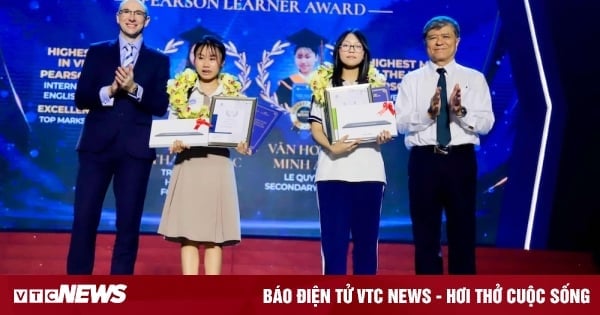

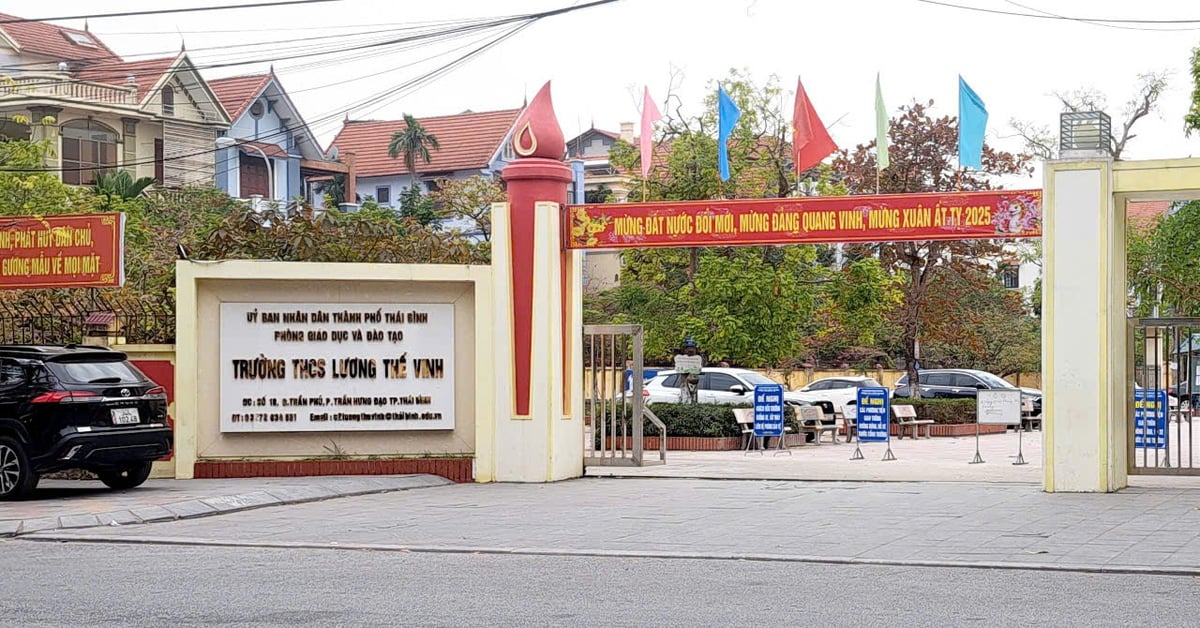

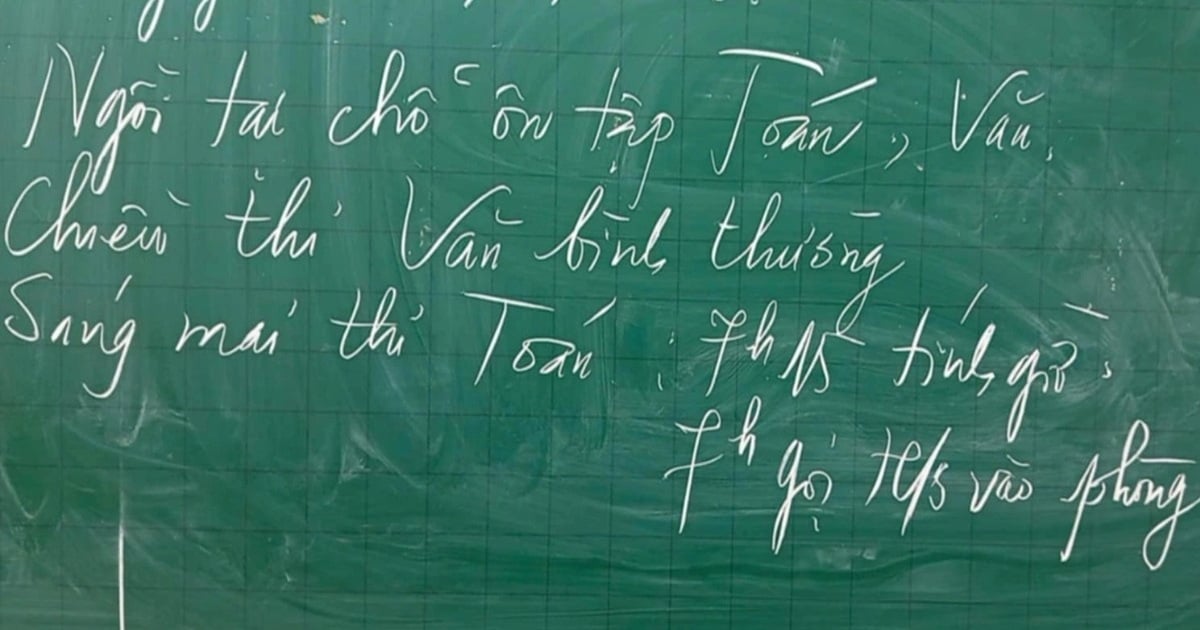

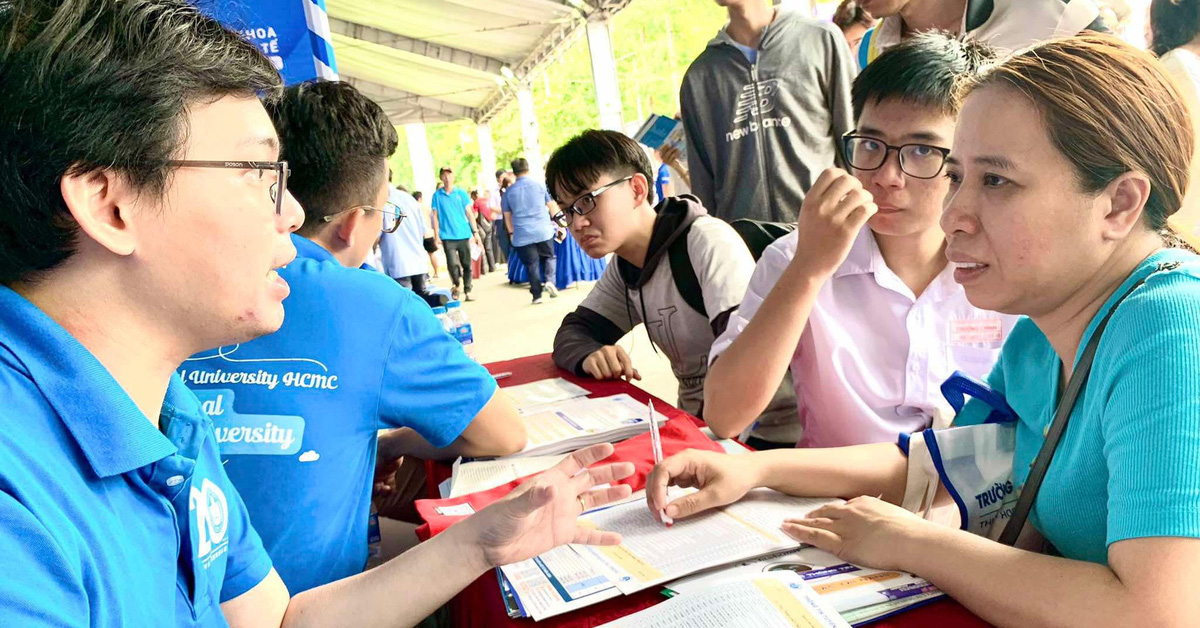

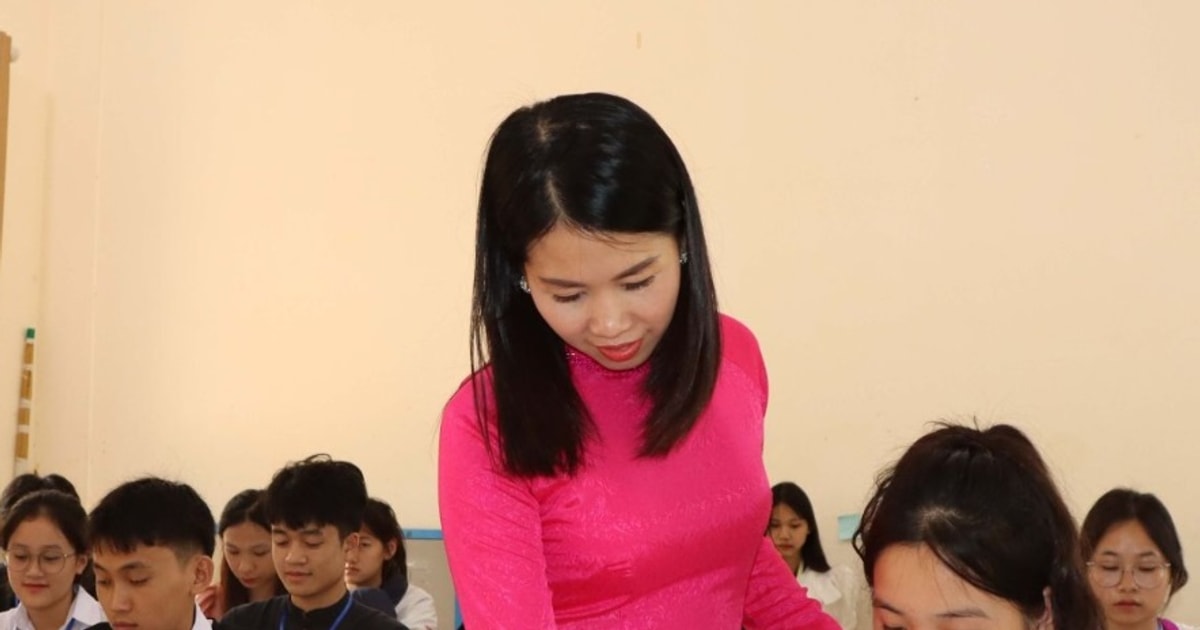

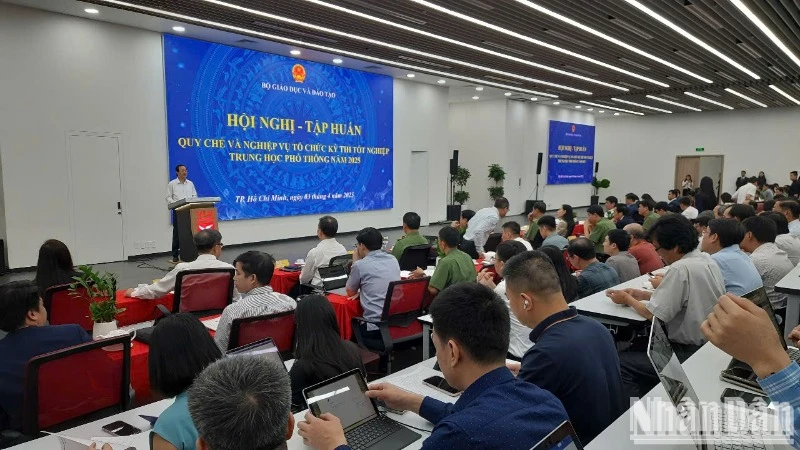
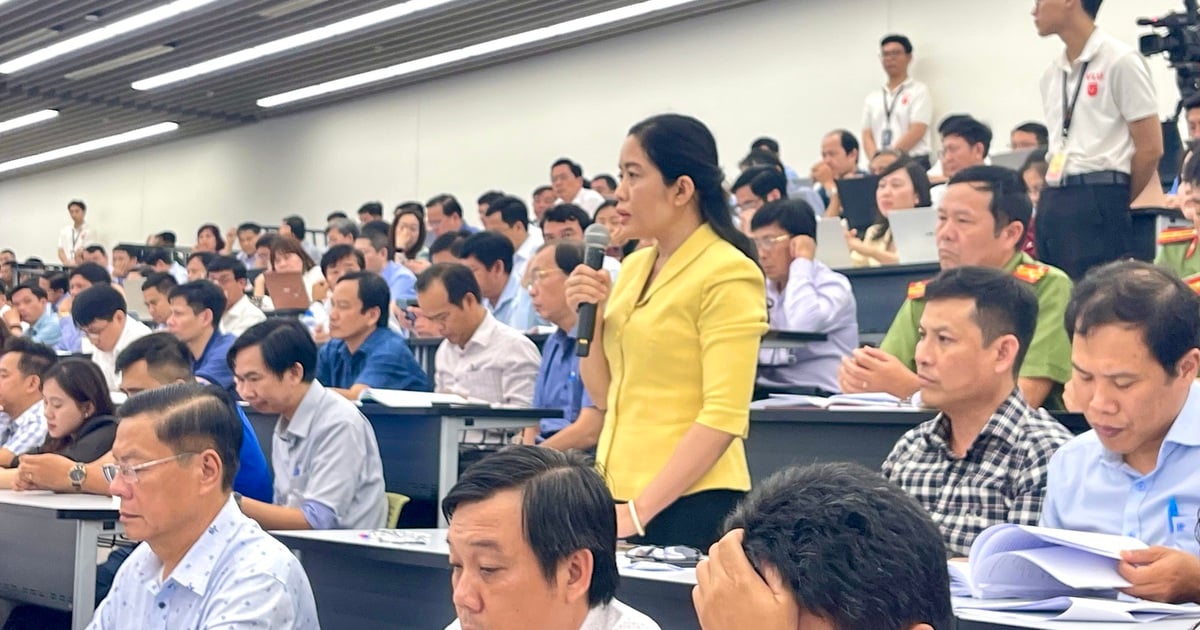
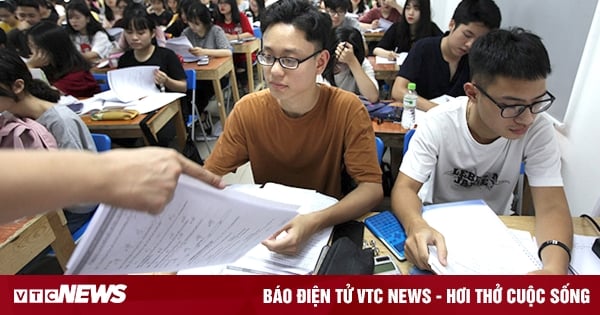


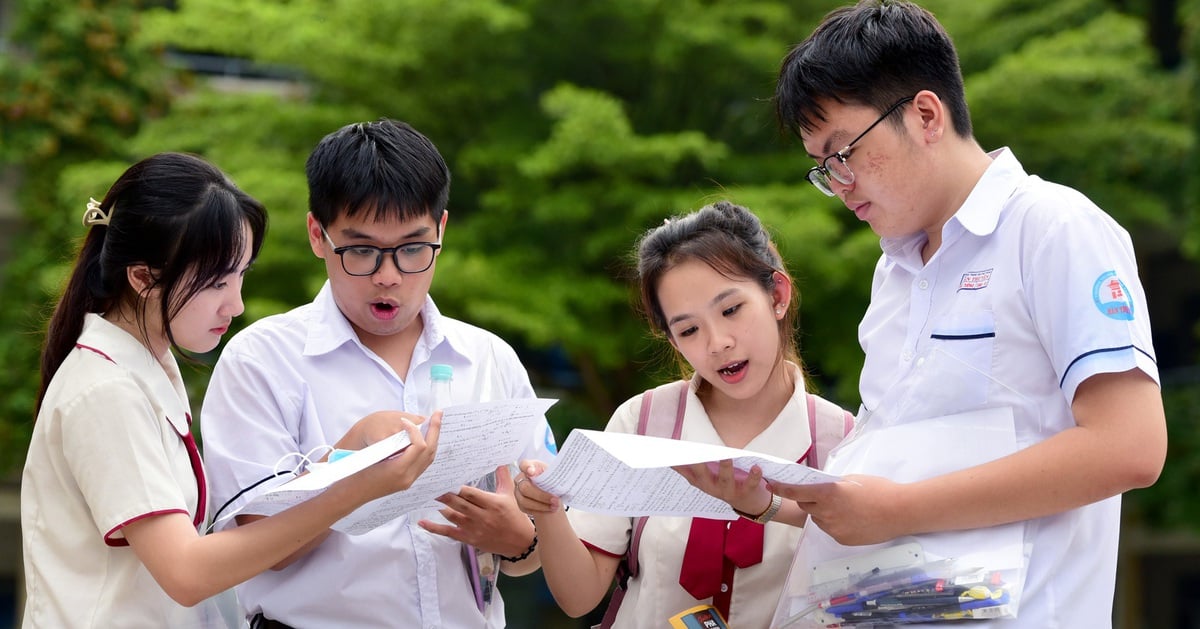





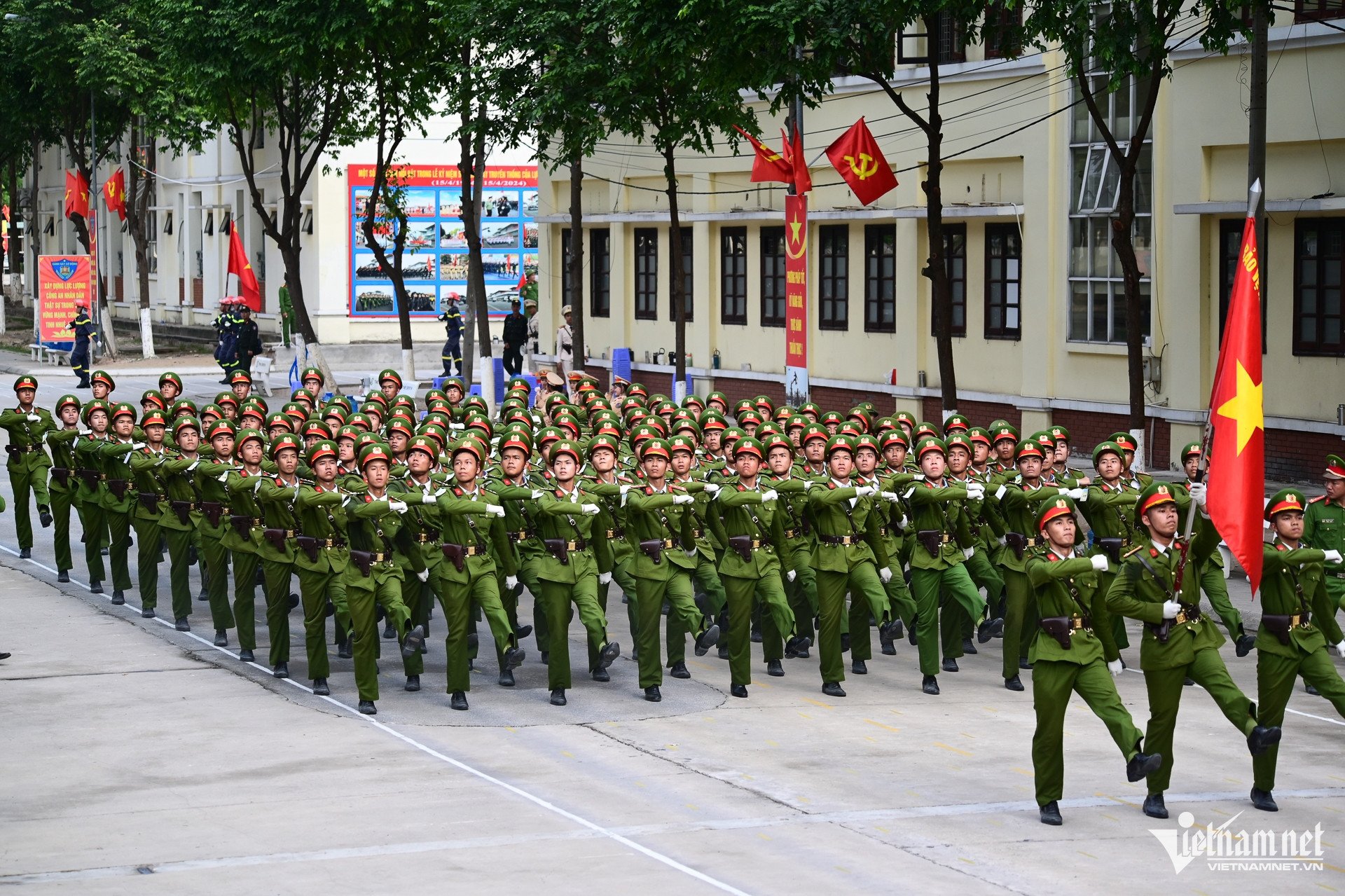
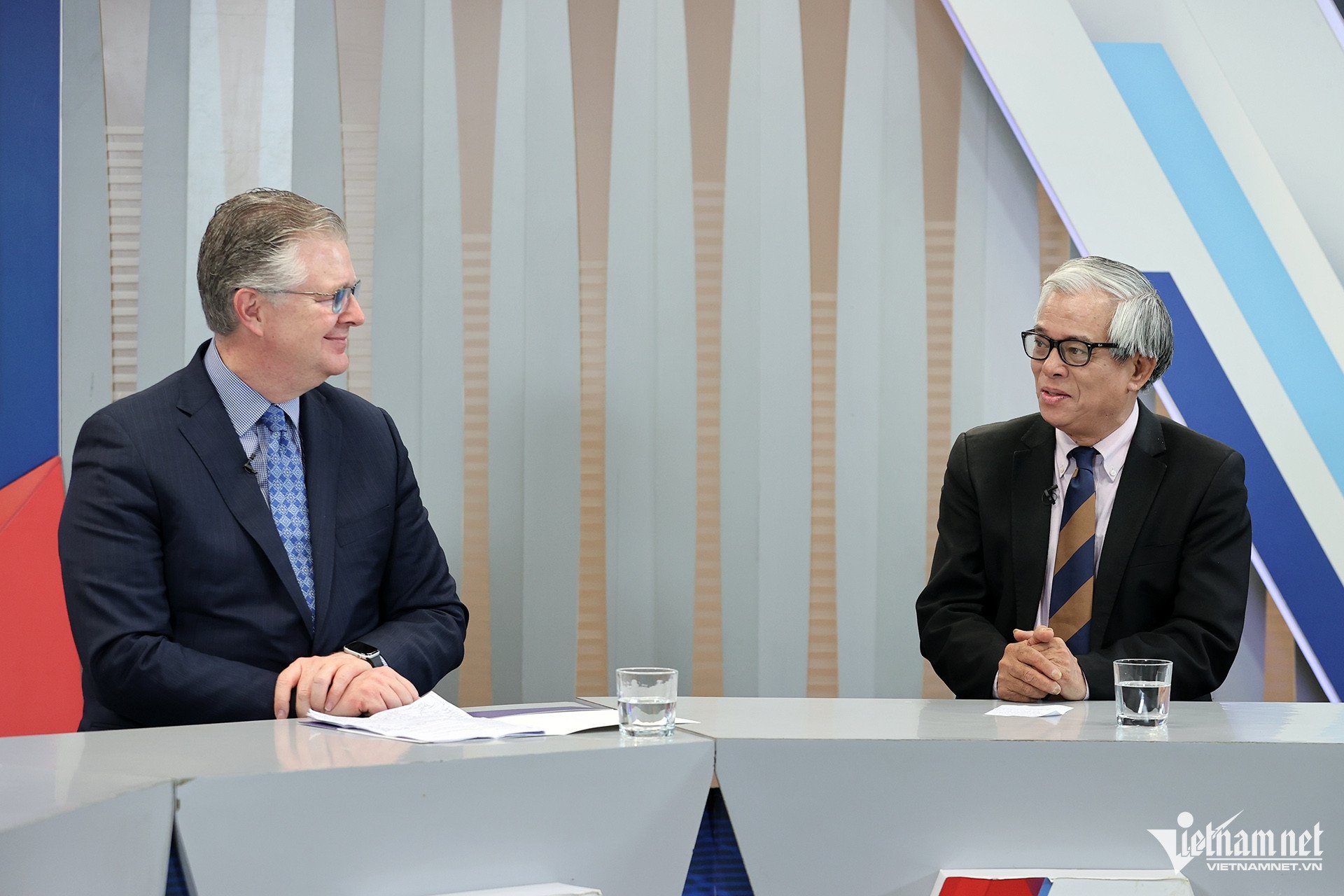


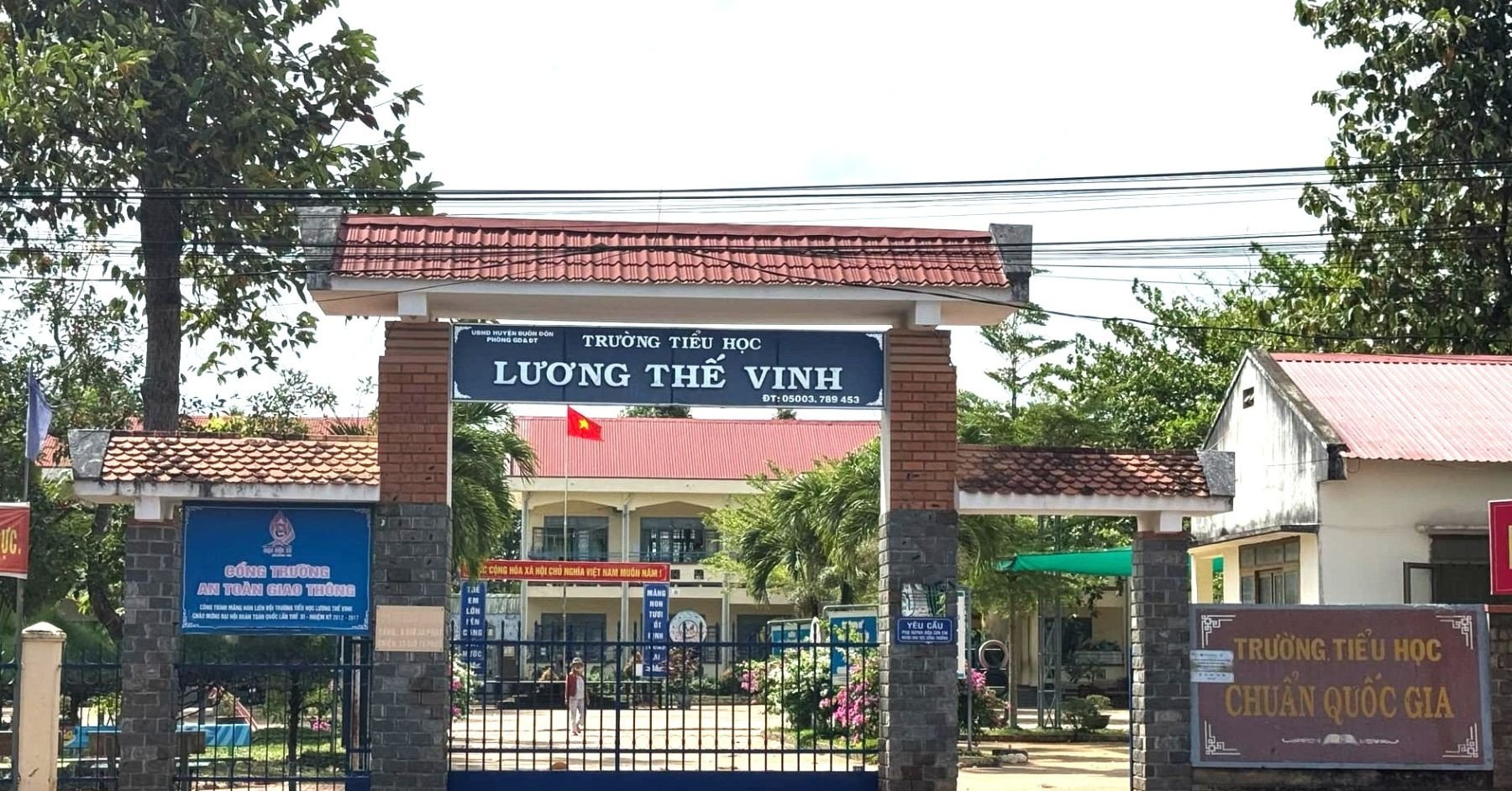






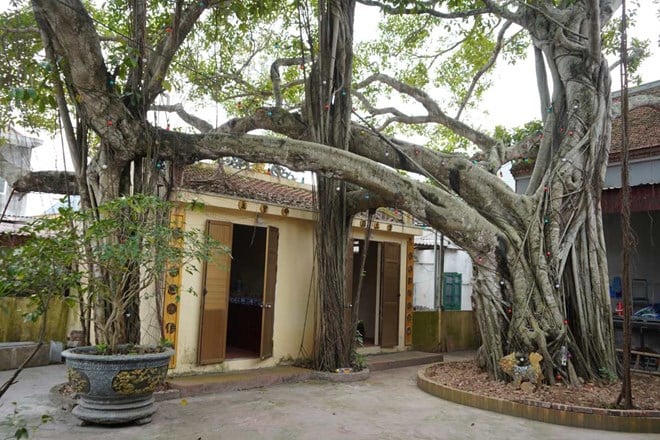



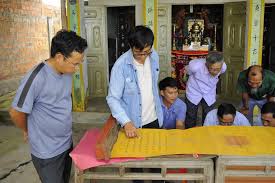



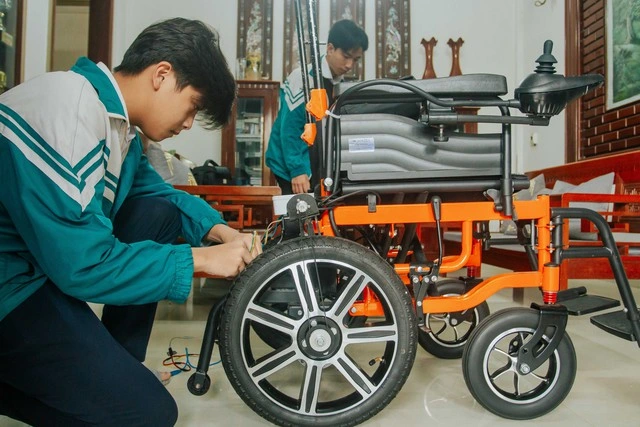











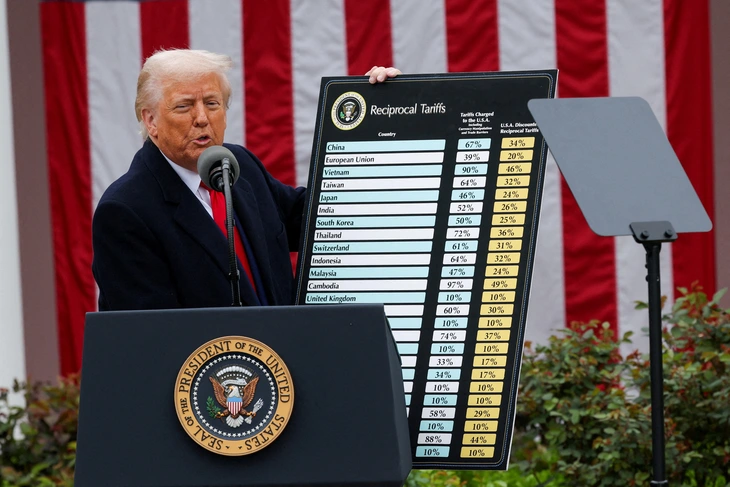
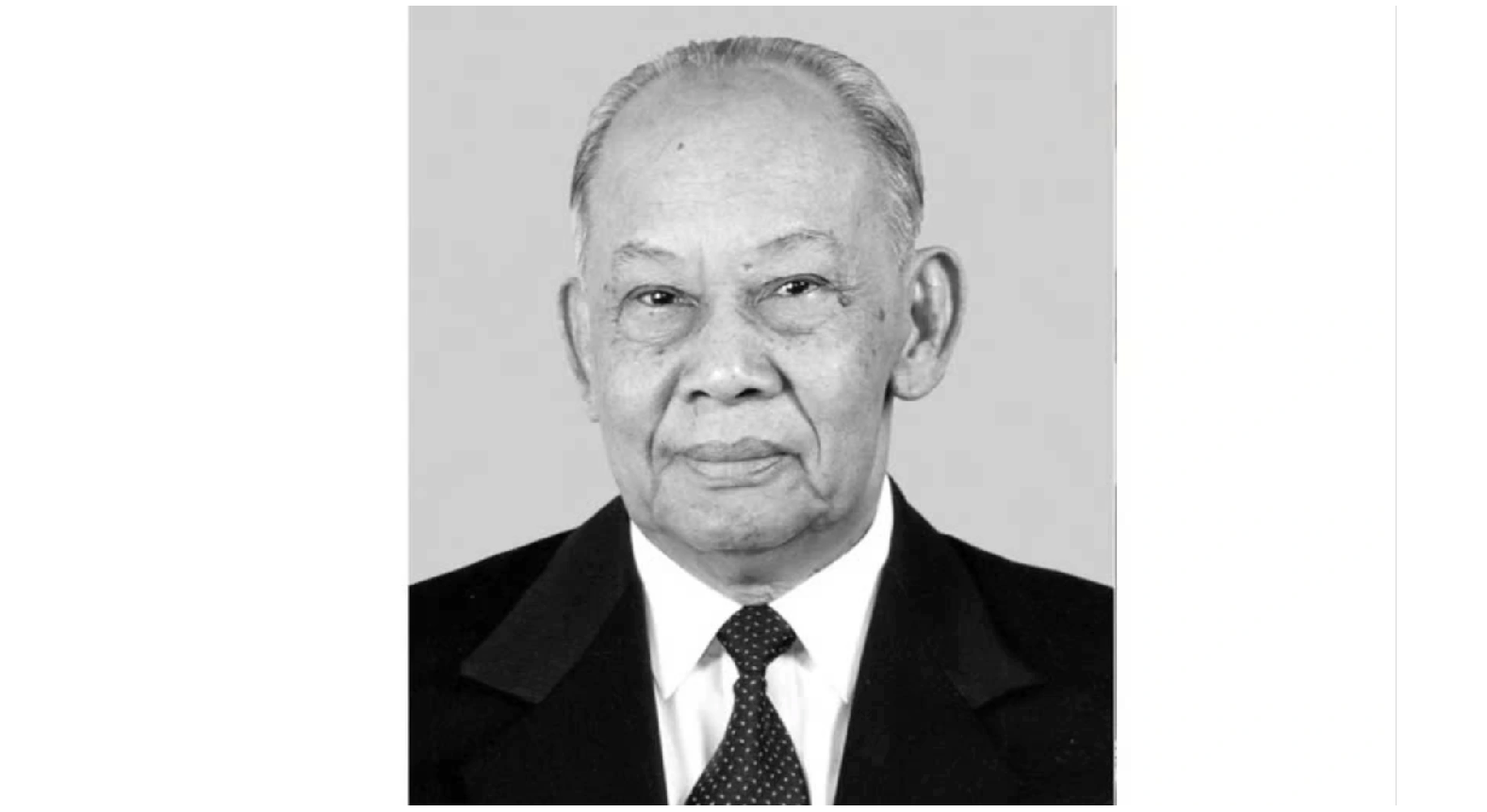






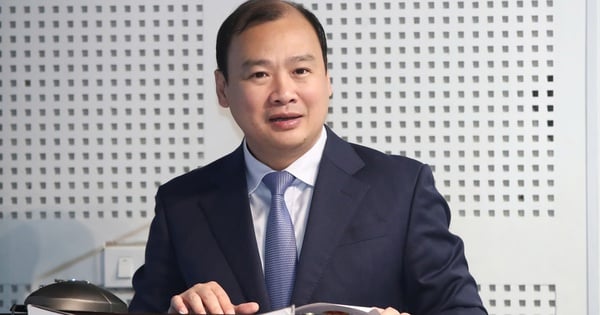



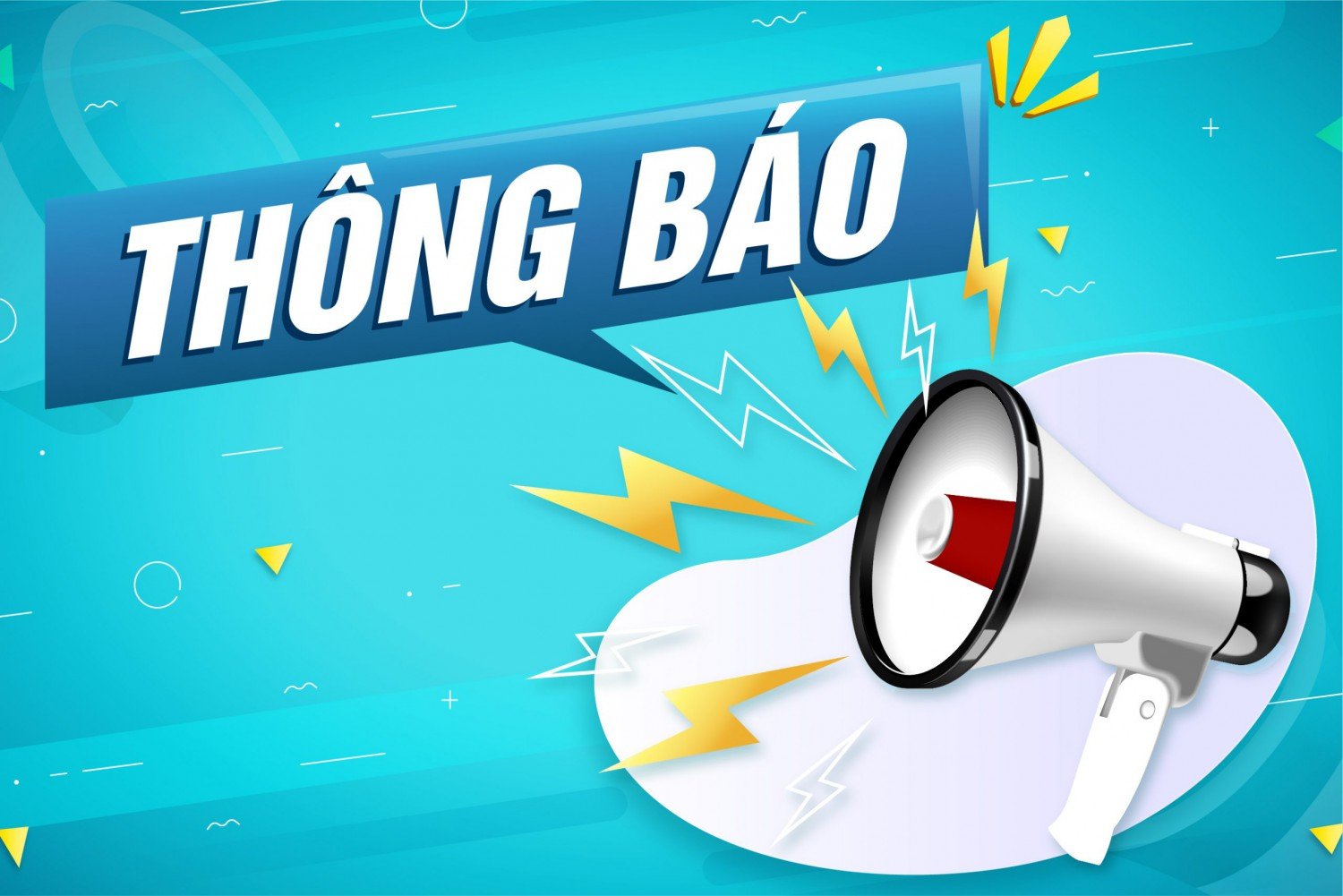


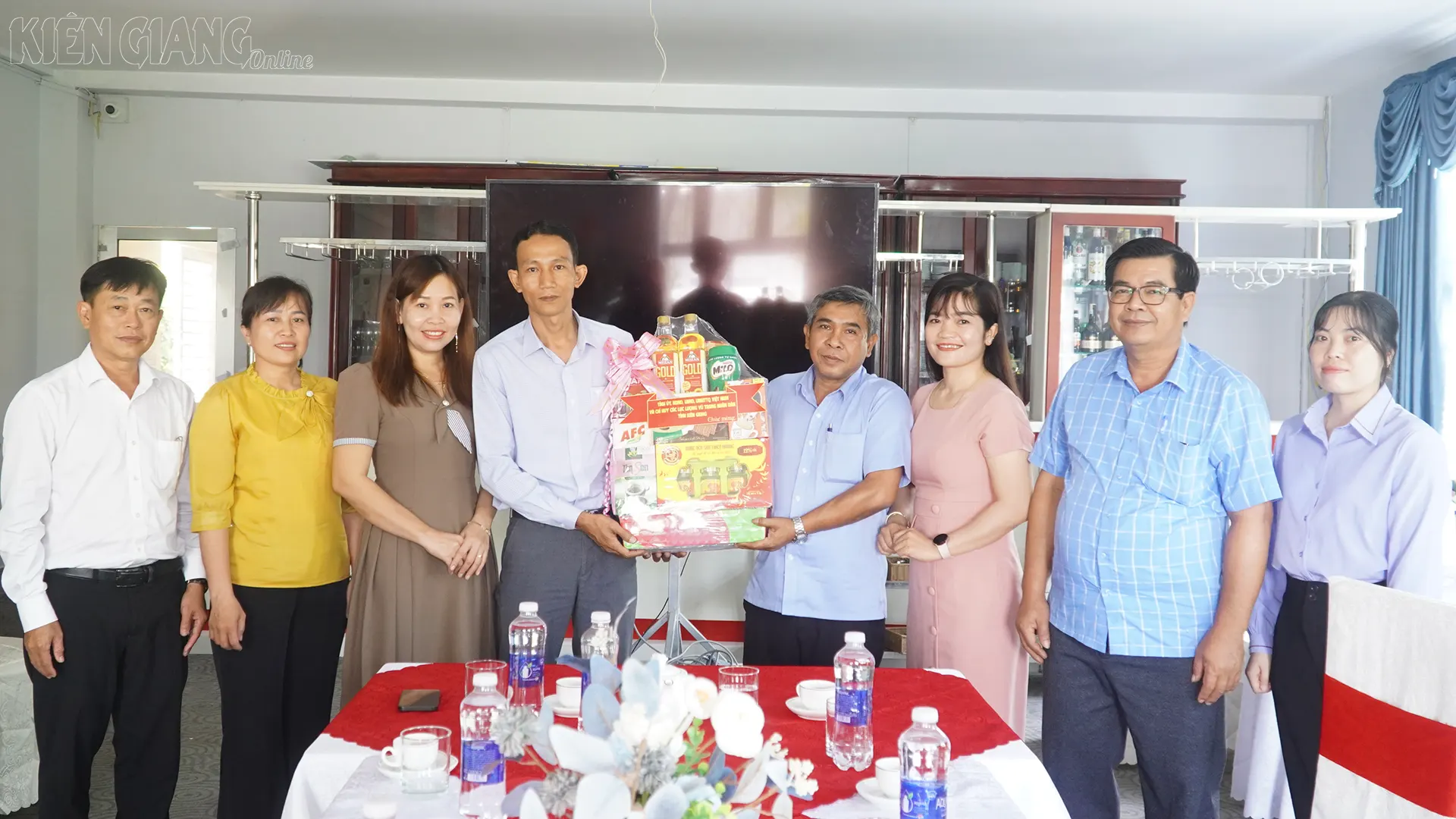
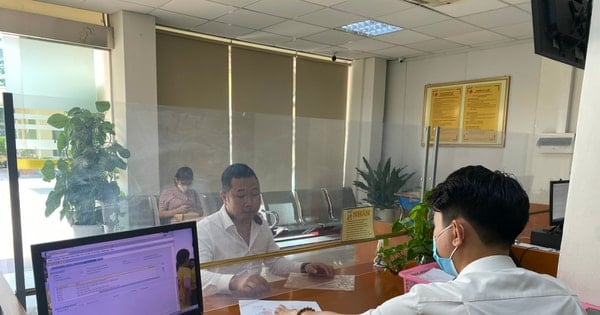

















Comment (0)